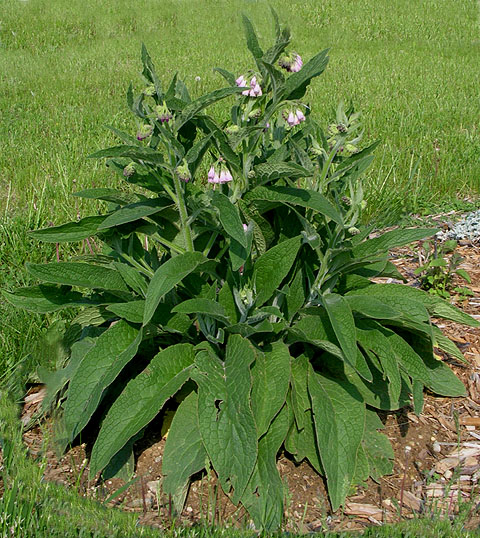Somnastra
Good
That reminds me. I need some Ashna arpee stat. @solusrequiem
Greetings Explorer, Navigate into the Lobby!
Register a free account today to become a member! Once signed in, you'll be able to participate on this site by adding your own topics and posts, as well as connect with other members through your own private inbox!
Be sure to "Get Whitelisted" to join the community on server!
Ashna is bestThat reminds me. I need some Ashna arpee stat. @solusrequiem
... Uh huh?there's a distinct lack of robert-ification here m'lady. ;D
in the relations. . .... Uh huh?
... We haven't really RPed enough/in the right way for there to be much of an impression on Somin the relations. . .

>.< we gotta change that then... We haven't really RPed enough/in the right way for there to be much of an impression on Som



What is this for?Comfrey
Knitbone


Comfrey, or knitbone as it is most commonly known, is a herbaceous perennial that prefers deep, moist soil and partial shade. It has oval, pointed, rough-textured leaves with blueish bell-shaped flowers that appear in late spring.
Planting
Comfrey can be planted in spring or autumn, and should be placed roughly two feet apart.
It is increased by division, as a root with bud.
Harvest
Fresh leaves can be harvested any time
Roots can be harvested in autumn
Dry in about a week
Should snap cleanly
Parts Used
Leaf
freshRoot
freshStem
dried
powdered
Flower
Uses
Varieties
[WIP]
Learnin' Som some herb lore, and thought that while I was at it, I might as well ... start work on a prototype herbal.What is this for?

I love it!!!! I think I might start Tybs learning up more on the gods and the history of AlteraLearnin' Som some herb lore, and thought that while I was at it, I might as well ... start work on a prototype herbal.
..... *cries*Perfect time to meet Ced!
This stuff helped a lot I'm glad som used it on Morgan.Comfrey
Knitbone


Comfrey, or knitbone as it is most commonly known, is a herbaceous perennial that prefers deep, moist soil and partial shade. It has oval, pointed, rough-textured leaves with blueish bell-shaped flowers that appear in late spring. It is found in damp meadows, near rivers and streams.
Planting
Comfrey can be planted in spring or autumn, and should be placed roughly two feet apart.
It is increased by division, as a root with bud.
Comfrey will flourish in almost any environment when planted, including dry soil. This plant will also live over twenty years if cultivated properly.
Harvest
Fresh leaves can be harvested any time
Roots can be harvested in autumn
Dry in about a week
Should snap cleanly
Parts Used
Leaf
freshRoot
freshStem
dried
powdered
Flower
Uses
(Speeds cell renewal in damaged muscles and broken bones. Not fit for heavy consumption.)
A salve concocted from the fresh herb will certainly tend to promote the healing of bruised and broken parts.
Poultices, compresses, and ointments can be applied externally to bruises and inflamed muscles and tendons.
Roots can be used in casts for broken bones
Poultices can be applied to cuts, boils, and abscesses.
An oil made from comfrey reduces puffiness and softens the skin.
Can be applied to varicose veins.
A tea made from the leaves can be used to treat irritated digestive systems, particularly ulcers and coughs.
Can be used as compost/fertilizer.
Varieties
Common knitbone (pictured above)
(Russian comfrey - name pending!) - A larger, hardier variety of the already hardy plant.

(oh, uh... and @Deash12 and @Michcat might be interested in what I'm doing :3 )
